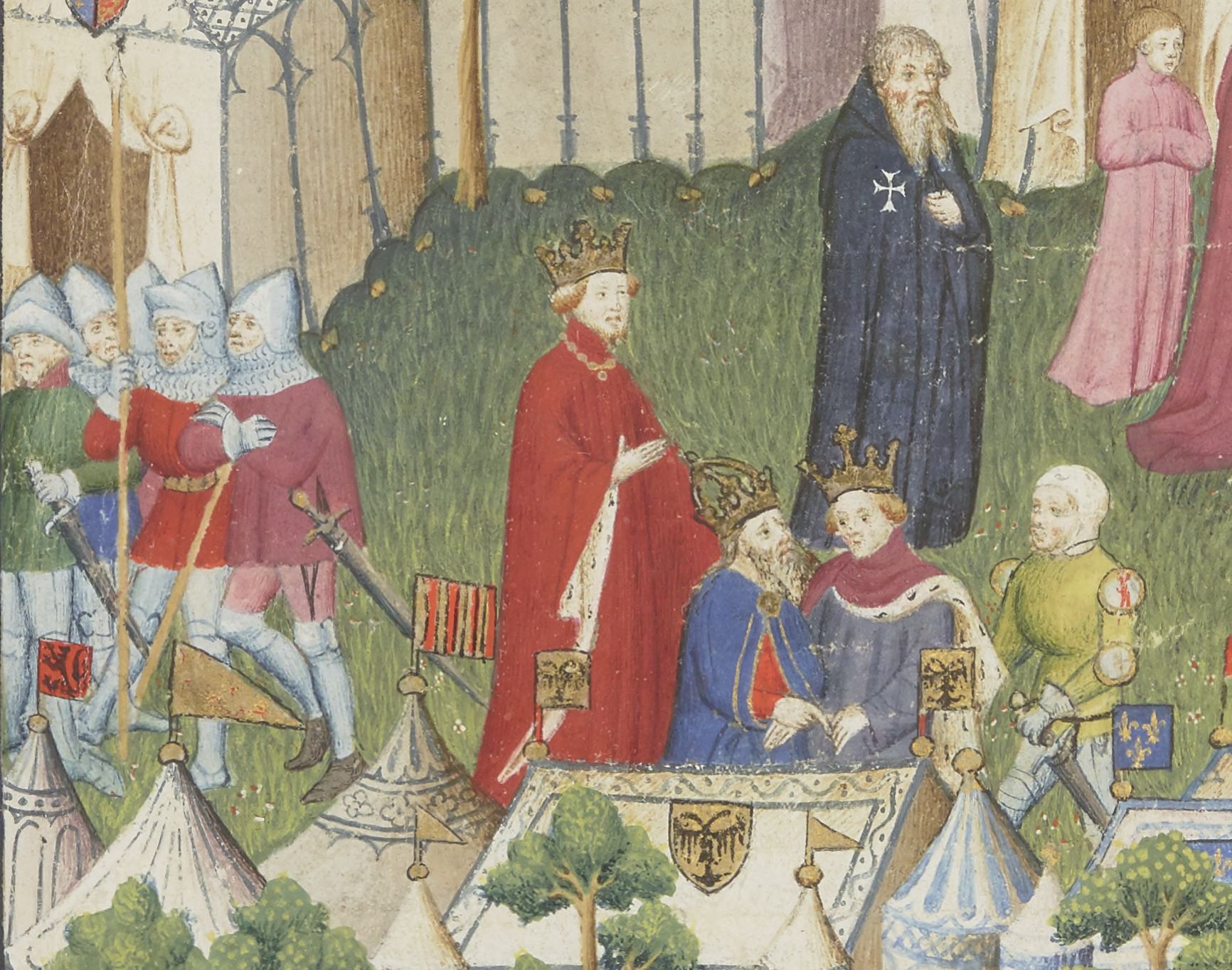The important thing is that they didn't put rivets in for decoration until the 17th C. If there's a rivet there (and no reason to think that someone made the hole recently) it did something. Now, that said, there's been a lot of time for rivets and leathers to be replaced. The leather that is in a cuisse (for example) may not look like, or be, the original leather.RWWT wrote: Did you have any other thoughts on how the "lining strips" might have been used?
I would expect the line of rivets along the upper edge or your example to have originally secured a long strip which used to extend a couple of centimeters above the hem. This strip probably had many holes in it, so the wearer could chose the ones that matched up well with his doublet (or whatever). The leather around those holes will become stretched and broken over the years, and need replacement. In the case of a specimen in a collection, the leather might just be trimmed down to remove the unsightly tatters, or be replaced entirely by a narrow strip and fresh rivets. So.. what's there now may not really be representative of what used to be there.
Likewise, the vertical strips along the inner and outer edges may have once been broad straps to encircle the leg.
Or, perhaps the thing had a lining. I don't think we can rule that out. If it did, then I would expect it to have been sewn to the outer edges of those strips.
If the current strips show no signs of sewing, there are several possibilities....
--they have been replaced (which you can frequently tell by the use of modern rivets and leather)
--they are remnants of straps or suspension strips which have been trimmed down to make the piece tidy for display
--they are remnants of leather linings which have been cut away (for the same reason as above)
Many people make the knees too deep (from front to back) in an effort to achieve what they suppose to be proper coverage. This has the dual bad consequences of making the knees bulky and putting the pivots behind their ergonomically ideal positions.RWWT wrote:The tendency toward bulkiness and grossly oversized knees has long caused me to frown at a lot of reenactment armor. I'm quite surprise to see theses as it seems to contradict my long held belief that the plate should very closely follow the lines and curves of the body.
I could go on about this if you would like, but we should take to a different thread; so as not to hijack this one.
You are very welcome! I try to do what I can to advance the craft.RWWT wrote: Thanks for helping me learn to see. My work, while poor, is immeasurably better than I'd hoped for while getting back into this. This direct result of all you've shared. I cannot thank you enough.
Mac









